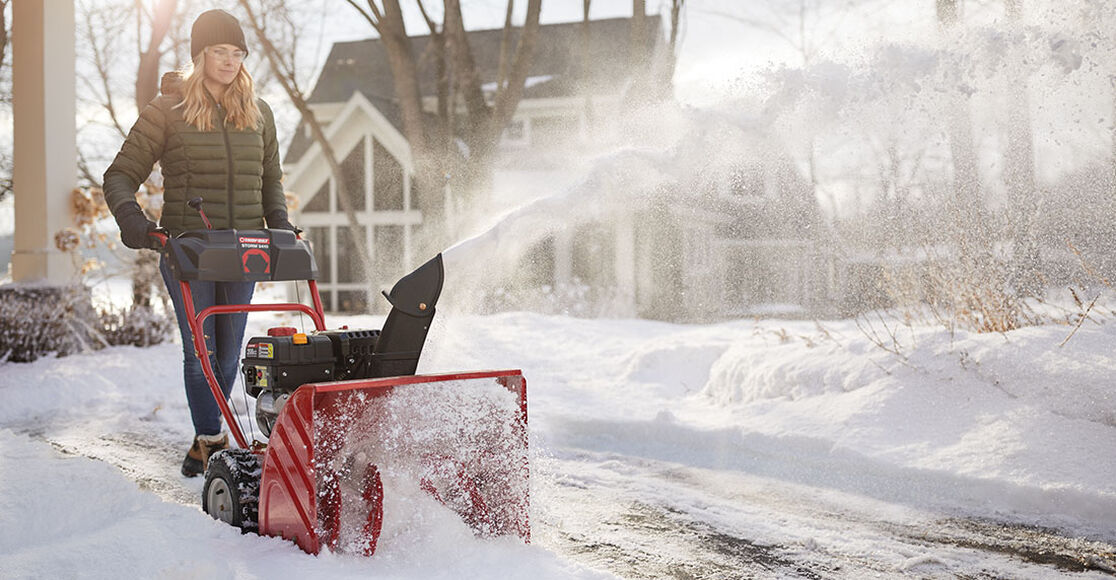When the weather is freezing, blustery and unbearable, it's easy to push snow removal to the end of your to-do list. But for most people who live in snow states, snow removal is necessary to go about the usual day-to-day routine.
There are a handful of variables that come along with the snow cleanup process - having the right equipment, dressing appropriately for the weather, knowing how often to remove - among other details to consider. And although there's plenty to keep in mind, preparation is key to successful snow removal.
Assure you have an easy, efficient cleanup experience with these snow removal dos' and don'ts.
Safety
- Never run an engine indoors or in a poorly ventilated area.
- Never operate with a missing or damaged chute assembly. Keep all safety devices in place and working.
- Do not put hands or feet near rotating parts, in the auger/impeller housing or drive chute assembly. Contact with the rotating parts can amputate hands or feet.
- The auger/impeller control lever is a safety device. Never bypass its operation. Doing so makes the machine unsafe and may cause personal injury.
- Exercise extreme caution when operating on, or crossing gravel surfaces.
Operation
- Check your control levers to make sure they are operating correctly. They must operate easily in both directions and automatically return to the disengaged position when released.
- Check the oil before operating. If there is too little or old oil in the machine, it can burn out the engine or cause irreparable damage.
- Refer to your operator's manual to know what type of fuel is required for your snow blowers. Filling the tank with the wrong fuel can damage or even ruin the engine.
- Allow your snow blower to warm up prior to use to let the engine adjust to the cold temperature and ensure optimal performance.
- Inspect gears and moving pieces to detect if any screws or bolts need to be tightened. This will help prevent injury and keep your equipment in prime working condition.

